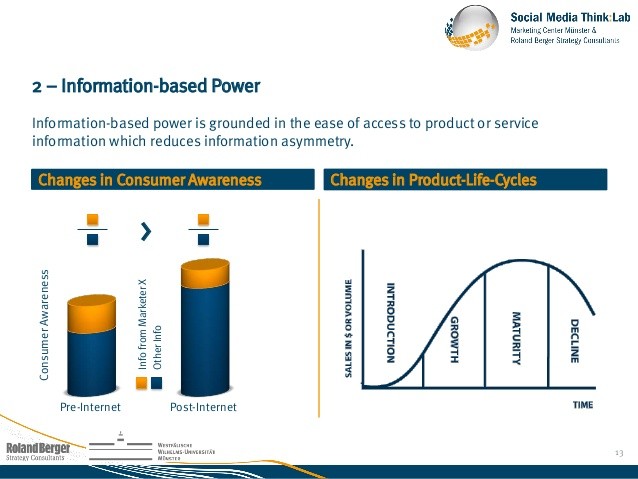Information Asymmetry Opinion
Post on: 16 Март, 2015 No Comment

By Paul Amery | 21 August, 2009
The authors of the iShares paper discuss the differences between physically-replicated and swap-based ETFs and argue that investors should look beyond headline fees when comparing funds from the two categories. Return, risk and liquidity factors are equally important, they assert.
It turns out that the return of an ETF can outperform that of the benchmark being tracked by a surprising amount. The iShares paper focuses on the performance of four ETFs tracking the Dow Jones Euro Stoxx 50 index, the most widely tracked European equity benchmark, and shows that in 2008 all four ETFs (offered by iShares, Lyxor and db x-trackers, Europe’s big three ETF providers) outperformed the index, even after management fees were taken into account.
For reference, the tracking differences between the funds and the index during 2008 were: +0.80% for the iShares DJ Euro Stoxx 50 (DE) ETF; +1.27% for the Lyxor ETF DJ Euro Stoxx 50; +0.45% for the db x-trackers DJ Euro Stoxx 50 ETF; and +0.02% for the iShares DJ Euro Stoxx 50 ETF.
The reasons for the outperformance appear to be: firstly, revenues from securities lending; and, secondly, tax-related dividend arbitrage (the index return is calculated net of dividend withholding taxes, whereas the fund manager may be able to receive dividends at a more beneficial tax rate and share the additional revenues with the ETF).
The tracking error (which is not the same as tracking difference, since tracking error measures the variability of a fund’s return relative to the index benchmark rather than the absolute difference in performance over time) for the four funds was between 0.15% and 1.34% on an annualised basis over the same calendar year. Again, for reference, it was 0.15% for the iShares DJ Euro Stoxx 50 ETF, 0.23% for the db x-trackers DJ Euro Stoxx 50 ETF, 0.61% for the iShares DJ Euro Stoxx 50 (DE) ETF and 1.34% for the Lyxor ETF DJ Euro Stoxx 50.
In addition to making fund comparisons on the basis of tracking difference and tracking error, the authors of the iShares report argue that investors should look at average secondary market bid-offer spreads on the funds they are comparing, in order to get a feel for trading liquidity, particularly if they are planning to enter and exit positions frequently. Here, the average bid-offer spreads for the four ETFs during the second half of 2008 (a particularly volatile period in the markets), measured on the exchange with the most trading liquidity for each fund, were between 12 and 16 basis points, a respectable outcome.

It’s hard to disagree with the conclusion the iShares report draws, which is that investors should look beyond ETFs’ headline fees and examine all three of these factors before making a decision about which fund to invest in. But where are investors supposed to get this information?
The iShares report quotes Bloomberg as the source of all the data on tracking difference, tracking error and secondary market bid-offer spreads. That’s fine if you’re an institutional investor and have a Bloomberg terminal on your desk, or are otherwise wealthy enough to afford its US$1500-1800 monthly cost. But what are the rest of us supposed to do?
In the US ETF market, providers give data on historical tracking difference, tracking error and fund premiums/discounts (the difference between ETFs’ market prices and their net asset values) as a matter of course. On European ETF providers’ websites, however, these calculations are not available. In certain cases an investor could do it himself by downloading fund NAVs from ETF providers’ websites and obtaining index data from a separate source (if there is one), though care would have to be taken in ensuring that you’re comparing like with like (watching out for time zone differences, for example) and handling dividends correctly. A number of European stock exchanges publish historical bid-offer spread information for ETFs, but there is no consolidated report comparing the liquidity of different listings of the same funds. And there’s no consistent reporting of premium/discount information.
So for a European retail investor, the overall level of data on providers’ websites falls short of what one would expect, and is certainly poorer than that available in the US ETF market. If European ETF issuers are serious about attracting retail investors on a large scale, isn’t this information asymmetry something that needs to be addressed?














